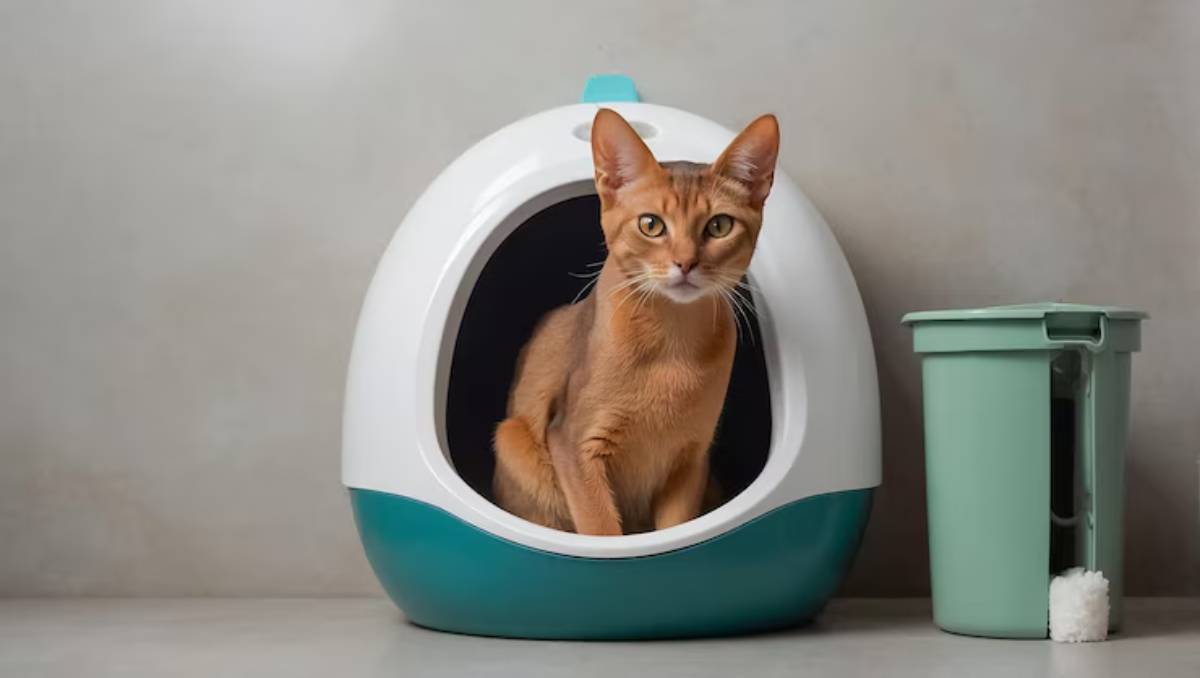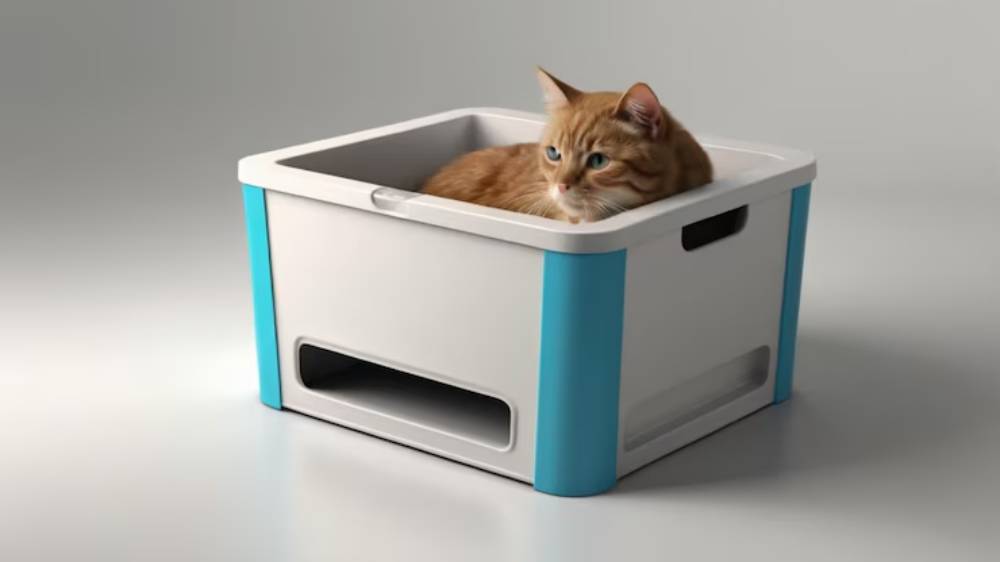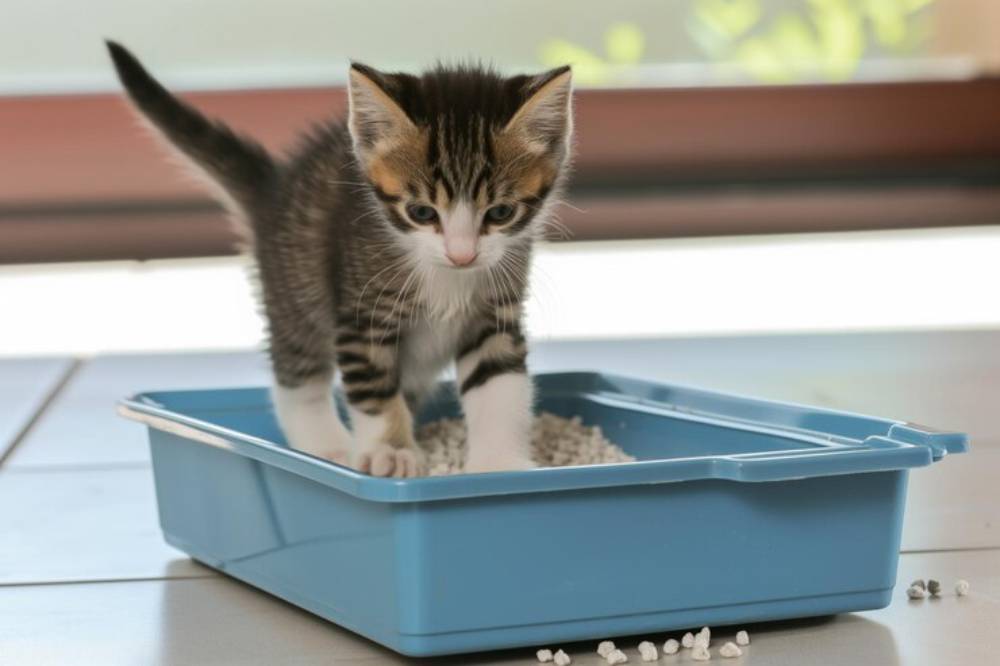
How to Transition Your Cat to a New Litter Box
Changing your cat’s litter box might seem like a simple upgrade or necessity, but it can be a confusing or even stressful experience for your feline friend. Cats are creatures of habit, and any change in their routine can trigger resistance. But don’t worry — introducing a new litter box can be a smooth and stress-free process with the right approach. This guide will walk you through everything you need to know about transitioning your cat to a new litter box, backed by expert advice, personal anecdotes, and practical tips.
Why Change the Litter Box?
There are several reasons you might want or need to switch litter boxes:
- Old box wear and tear: Over time, scratches and odour buildup can make an old box less appealing to your cat.
- New living space: Moving or renovating may require changing the litter box placement or type.
- Health concerns: Older or disabled cats may need a low-sided or specially designed box.
- Multiple cats: A growing feline family may need more boxes or different setups.
Understanding your reason for the change will help guide your transition strategy.
Choosing the Right New Litter Box

Consider Your Cat’s Needs
No two cats are the same. Some are picky about privacy, while others dislike covered boxes.
Consider the following when selecting a new litter box:
- Size: Your cat should be able to turn around comfortably. Bigger is often better.
- Height: Low sides work well for kittens, seniors, or disabled cats. High sides help with cats who scatter litter.
- Covered vs uncovered: Covered boxes offer privacy, but may trap odours. Observe your cat’s preference.
- Entry style: Top-entry boxes are neat but may not suit all cats. Front-entry is more accessible.
Test Options If Possible
If you have more than one cat or are unsure of your pet’s preferences, testing different litter box styles can help avoid future issues. Some cats have strong preferences that only become apparent through trial and error.
Preparing for the Transition
Don’t Change Everything at Once
Cats are sensitive to changes in their environment. Introducing a new box, litter, and location can be overwhelming. If possible, stick with your cat’s usual litter type and place the new box near the old one.
Clean the New Box Thoroughly
Even a brand-new box can carry unfamiliar chemical smells. Wash it with mild soap and warm water, and let it air dry before use. Avoid strong cleaners or scents.
Let Your Cat Investigate

Leave the new box uncovered and allow your cat to sniff, explore, and get used to its presence. This small step can reduce anxiety and build curiosity.
Step-by-Step Transition Plan
1. Set Up Both Boxes
Keep the old litter box in its usual spot and place the new one nearby. Use the same litter in both. This will help your cat see the latest box as part of its territory.
2. Let Your Cat Lead the Way
Don’t force your cat into the new box. Instead, observe their behaviour. Many cats will naturally begin to investigate and eventually use the new box out of curiosity.
3. Praise and Positive Reinforcement

When you notice your cat using the new box, reward them with gentle praise, a treat, or playtime. Positive associations go a long way.
4. Remove the Old Box Gradually
You can remove the old one once your cat regularly uses the new box. Start by cleaning it less frequently so it becomes less appealing, and then take it away altogether.
5. Monitor for Problems
Keep an eye out for:
- Accidents outside the box
- Avoidance or hesitancy
- Excessive scratching
These could be signs that your cat is uncomfortable with the new box or its location.
Troubleshooting Common Issues
My Cat Refuses to Use the New Box
Try the following:
- Reintroduce the old box temporarily
- Switch back to the previous litter type
- Move the box to a quieter or more familiar location
My Cat Uses Both Boxes
That’s okay! If you have space, consider keeping both. Cats often appreciate having choices.
My Cat Is Eliminating Outside the Box Altogether
This can be a sign of stress or a medical issue. Rule out health problems with a vet visit, and reassess your transition method if needed.
Additional Tips for a Smooth Transition
- Stay calm and patient: Your cat will pick up on your mood. Stay encouraging.
- Keep the area clean: Accidents happen. Clean them with an enzymatic cleaner to remove odours.
- Stick to a routine: Cats love predictability. Feed, play, and clean on a schedule.
- Consider a pheromone diffuser: These can help reduce anxiety in sensitive cats.
Real Cat Owner Stories
Sarah from Manchester shares: “When we upgraded to a bigger litter box for our two-year-old tabby, he wouldn’t go near it at first. We left it in the same room as his old one and didn’t rush him. Within three days, he switched completely. Patience paid off.”
James in Brighton recalls: “Our rescue cat had never used a box before. We introduced it slowly and used catnip spray to attract him. Now he won’t use anything else!”
Make the Change with Confidence
Changing your cat’s litter box isn’t just about replacing plastic — it’s about supporting your pet through a transition. Your cat can adjust smoothly with the right strategy, clear communication (yes, even with cats!), and a dash of patience.
Remember:
- Choose the right litter box style
- Introduce it slowly and with care
- Watch your cat’s behaviour closely
- Reward good behaviour
Ready to make the change? Share your experiences or tips in the comments below, or pass this guide to a fellow cat parent. Let’s make litter box upgrades easy and stress-free for every feline friend!


